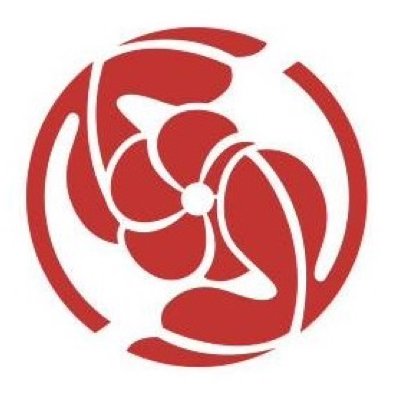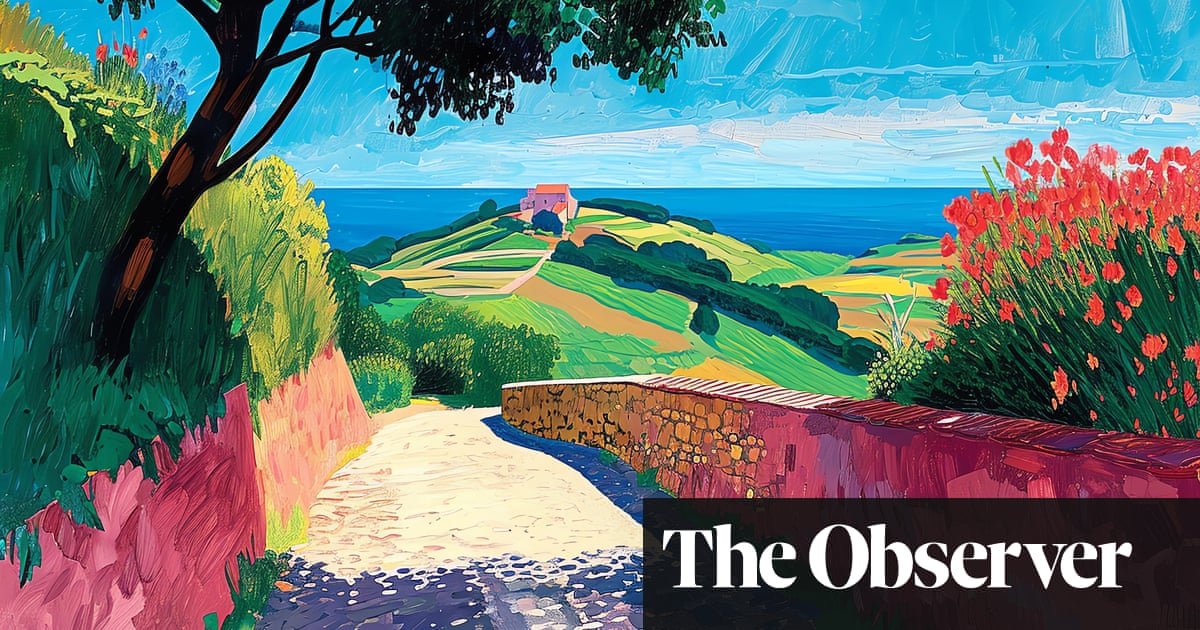The promise of AI is that it will generate the image in your imagination if you can describe it. Yet this promise is limited by whether or not someone else has already created part of the image you imagined.
This is the best summary I could come up with:
Since the emergence of Midjourney and other image generators, artists have been watching and wondering whether AI is a great opportunity or an existential threat.
Now, after a list of 16,000 names emerged of artists whose work Midjourney had allegedly used to train its AI – including Bridget Riley, Damien Hirst, Rachel Whiteread, Tracey Emin, David Hockney and Anish Kapoor – the art world has issued a call to arms against the technologists.
Originally, ministers had wanted to open up copyright laws to make it easier for companies to train AIs without permission, Selhi said, but stopped after opposition from the creative sector.
DACS is pushing for a form of licensing, perhaps similar to the royalties Spotify pays musicians – an amount often decried as derisory by independent artists.
Selhi said that a $1.5bn AI deal signed by Vodafone and Microsoft last week showed there was a lot more money available than when Spotify launched in the UK in 2010.
Meanwhile, researchers at the University of Chicago have created a tool for artists to add to images they upload to the internet that is intended to poison the AI database.
The original article contains 1,107 words, the summary contains 190 words. Saved 83%. I’m a bot and I’m open source!



